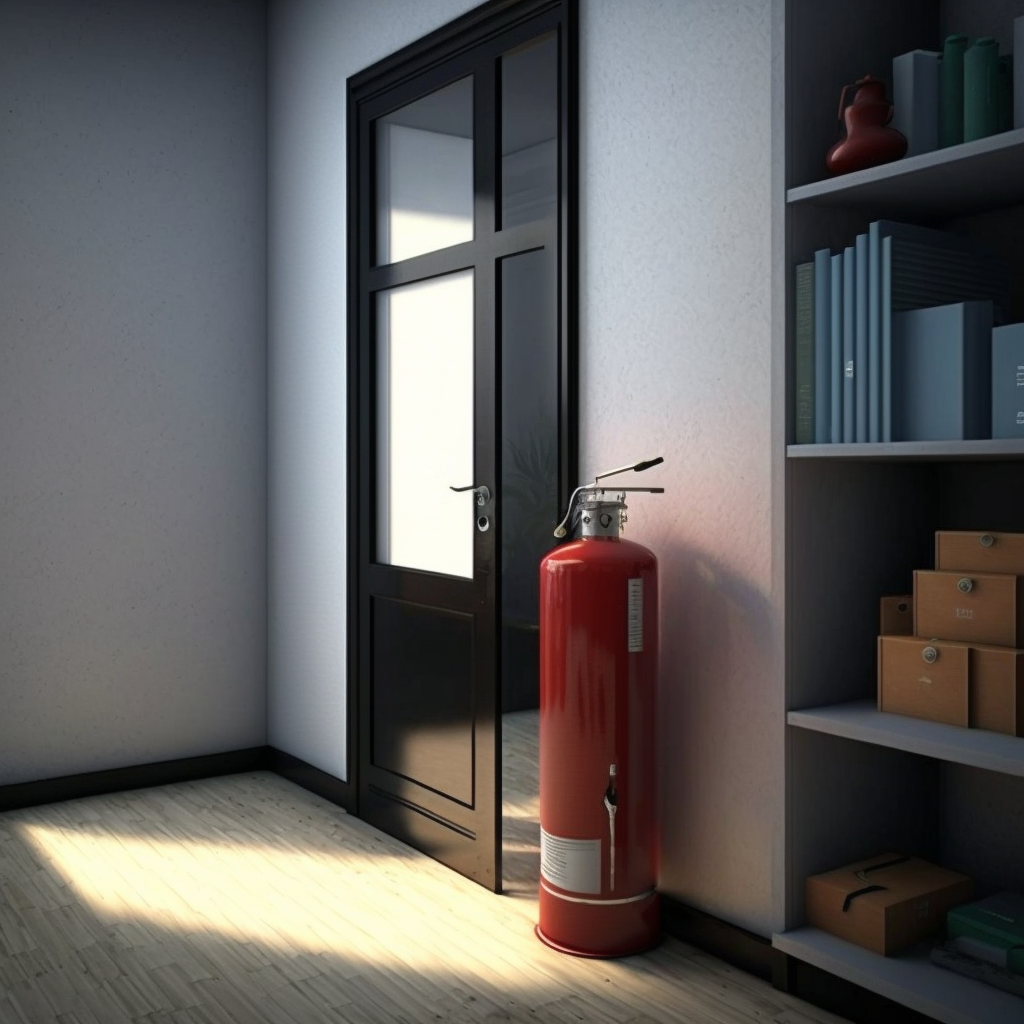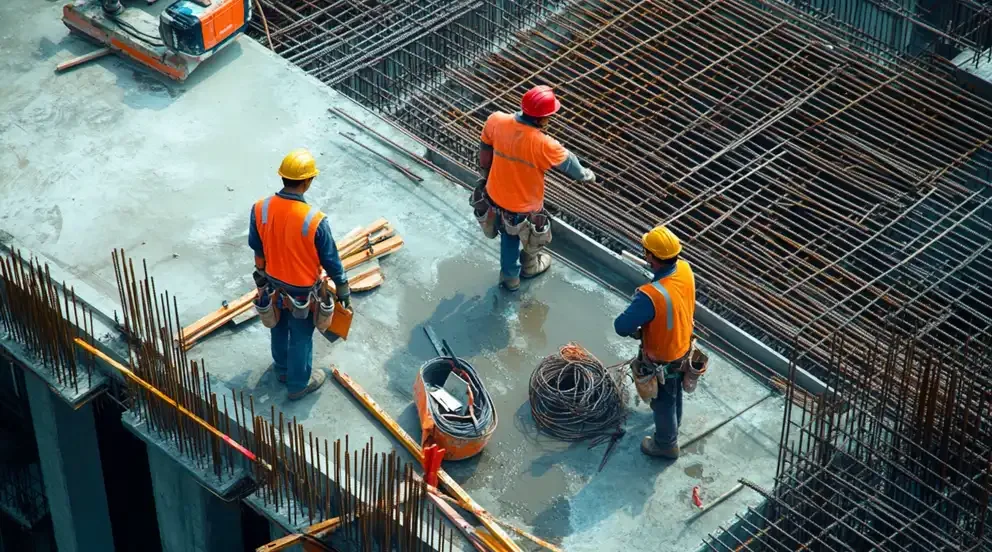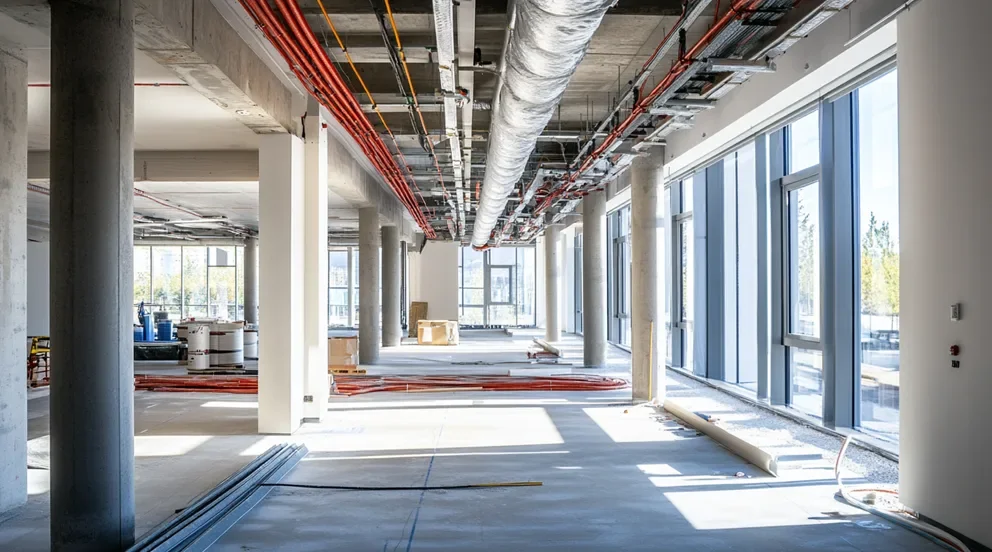A built-in fire extinguisher is an extinguishing system that is incorporated directly into the structure of a building or other property. It is designed to provide an automatic response to fire, rather than relying on someone to carry and activate a portable fire extinguisher. These systems typically use water, chemicals, or dry powder gases, and are installed along ceilings or walls of the specific area where it is needed.
These fire protection systems provide an early response to help reduce the spread and severity of a fire; they are typically used in areas where large concentrations of people are present, or where a property is particularly susceptible to fire damage. Common places for built-in systems include theaters, casinos, airports, parking garages, malls, and other public areas.
Installing built-in fire extinguishing systems requires a comprehensive and detailed plan. Factors like the type of fire suppression system, firewalls, smoke detectors, and sprinklers must all be considered when designing the system to ensure that it is as effective and efficient as possible. Building owners must also ensure that they follow all applicable codes and regulations in order to ensure a safe and reliable system.
Overall, having a built-in fire extinguishing system helps to promote fire safety and reduce the destruction that can be caused by a fire. By providing an automated response to a fire and limiting the spread of the fire, these systems can help to save lives and property.
What are the main components of a built-in fire extinguisher?
There are several main components that make up a built-in fire extinguisher system. These components work together to provide a reliable and effective response to a fire. The most important components are the discharge head, the distribution piping, the agent storage tank, and the control valve.
The discharge head is the component that actually dispenses the extinguishing agent. The type of discharge head used will depend on the size and nature of the fire, and must be appropriate for the type of extinguishing agent that is used. The discharge head is connected to the distribution piping, which carries the agent from the storage tank to the discharge head, and helps to ensure an even distribution of the agent throughout the area.
The storage tank is used to keep the extinguishing agent, either in liquid or dry powder form, and must be large enough to contain the volume of agent that is needed. Finally, the control valve is used to regulate the flow of the agent from the storage tank to the discharge head, as well as shut off the flow when the extinguishing process is complete.
In addition to these components, a built-in fire extinguisher system also usually features additional safety components such as smoke detectors and firewalls to further protect the property in the event of a fire. Additionally, periodic maintenance and inspection of the system is required to ensure that it continues functioning properly.
Overall, understanding all the components of a built-in fire extinguishing system is important for building owners, as it helps to ensure that their property is properly protected in the event of a fire.
What are the benefits of a built-in fire extinguisher?
A built-in fire extinguisher provides a range of benefits, as it helps to reduce the severity of a fire and the amount of damage it can cause.
One of the main benefits of a built-in fire extinguisher is that it provides an automatic response to a fire, rather than relying on someone to retrieve and activate a fire extinguisher. This means that the property can be more effectively and quickly protected, allowing for faster response times and fewer casualties.
Additionally, built-in fire extinguishers are also typically more efficient than portable systems, as they have larger tanks that provide a larger volume of extinguishing agent, and are designed to be effective in larger areas.
Another benefit of a built-in fire extinguisher is that it helps to reduce the prevalence of structural fires. By providing an automated response, these systems can help to reduce the amount of damage that is caused by fires, which helps to preserve the structural integrity of the property.
Overall, having a built-in fire extinguisher can help to protect property and lives from the destructive effects of a fire. This protection can help to save costs in the long run, as it prevents the destruction of expensive equipment and property, and can also help to reduce the disruption of processes and cause less downtime for businesses.
How does a built-in fire extinguisher system work?
A built-in fire extinguisher system consists of a few key components that work in conjunction to provide an effective response to a fire. The main components are the discharge head, distribution piping, storage tank, and control valve.
The discharge head is the component that actually dispenses the extinguishing agent. Depending on the type of fire and agent used, different types of discharge heads may be used. This component is connected to distribution piping, which carries the extinguishing agent from the storage tank to the discharge head for an even distribution throughout the area affected by the fire.
The storage tank stores either liquid or dry powder extinguishing agents and must be large enough for the amount needed for a particular fire event. Finally, the control valve is used to regulate the flow of the agent from the storage tank to the discharge head, as well as turn off the system once it has done its job.
In addition to these components, smoke detectors and firewalls are often part of a built-in extinguishing system. When a fire is detected, these components work together to activate the system and quickly and efficiently contain and suppress the fire.
Overall, having a built-in fire extinguisher system can help ensure an effective response in instances of fires, helping to reduce potential damage and save lives. With regular maintenance and inspection of the system, building owners can rest assured that their property is protected in case of emergency.
What types of properties are suitable for installing built-in fire extinguishing systems?
Built-in fire extinguisher systems are typically suitable for larger commercial or industrial properties. This is because the system requires a large amount of space to store the agent and also needs enough power to be able to effectively operate the components.
In addition, these types of systems may not be suitable for certain types of properties due to their flammability or other safety considerations. For example, built-in extinguishing systems may not be recommended for use in highly populated areas, as they can cause significant disruption if activated.
Overall, it is important that building owners consult with an experienced fire protection specialist before installing a built-in fire extinguishing system to ensure that it is appropriate for their property and meets all necessary safety requirements.
What types of extinguishing agents are used in built-in fire extinguishers?
Built-in fire extinguishers typically use either liquid agents or dry powder agents. Liquid agents are typically water or foam-based, and can be used on Class A (ordinary combustibles), B (flammable liquids) and C (electrical fires). Dry powder agents are most commonly used for Class D (combustible metals) fires, as they are able to smother the fire by cutting off its oxygen supply.
In addition, some built-in systems may also use carbon dioxide gas or inert gases such Halon to help suppress a fire. It is important that building owners consult with an experienced fire protection specialist before selecting an appropriate extinguishing agent for their system.
Are built-in fire extinguishers suitable for all types of fire?
Built-in fire extinguishers may not be suitable for all types of fires, as they are designed to be effective on certain classes of fire. For example, although liquid agents can be used on Class A (ordinary combustibles), B (flammable liquids) and C (electrical fires), dry powder agents are typically only suitable for Class D (combustible metals).
In addition, some built-in systems may also use carbon dioxide gas or inert gases such Halon to help suppress a fire. It is important that building owners consult with an experienced fire protection specialist before selecting an appropriate extinguishing agent for their system.
Overall, understanding the types of fires that a built-in fire extinguisher system is suitable for is an important step in ensuring that the system is effective and able to effectively respond in the event of a fire.
What maintenance and inspections should be carried out on a built-in fire extinguisher system?
It is important to regularly inspect and maintain a built-in fire extinguisher system in order to ensure that it is functioning properly and able to respond effectively in the event of a fire. This includes checking for blocked pipes, damaged components, or any other signs of wear or damage.
In addition, it is also important to check the amount of extinguishing agent stored in the system’s tanks at least once per year and refill them as necessary. It is also essential that all safety information related to the system be reviewed regularly so that everyone using the building knows what steps they should take in an emergency situation.
Overall, regular maintenance and inspection of a built-in fire extinguisher system can help protect property and lives from the dangers of fire.
In conclusion, a built-in fire extinguisher system is an important part of any building’s safety plan and can help contain and suppress fires quickly and efficiently. Understanding how the system works and what types of properties it is suitable for, as well as carrying out regular maintenance and inspections, are all essential steps in ensuring that the system is effective in responding to a fire emergency.
What safety components are included in built-in fire extinguisher systems?
Built-in fire extinguisher systems typically include a storage tank, discharge head, control valve, and piping. The storage tank stores either liquid or dry powder extinguishing agents and must be large enough for the amount needed for a particular fire event. The discharge head is connected to the piping, which carries the extinguishing agent from the storage tank to the discharge head for an even distribution throughout the area affected by the fire. Finally, the control valve is used to regulate the flow of the agent from the storage tank to the discharge head, as well as turn off the system once it has done its job.
In addition to these components, smoke detectors and firewalls are often part of a built-in extinguishing system. Smoke detectors can detect smoke and activate the system instantly, while firewalls are used to contain a fire and prevent it from spreading.
Overall, these components work together to help suppress and contain fires quickly and effectively, ensuring that property and lives are protected in case of an emergency.



